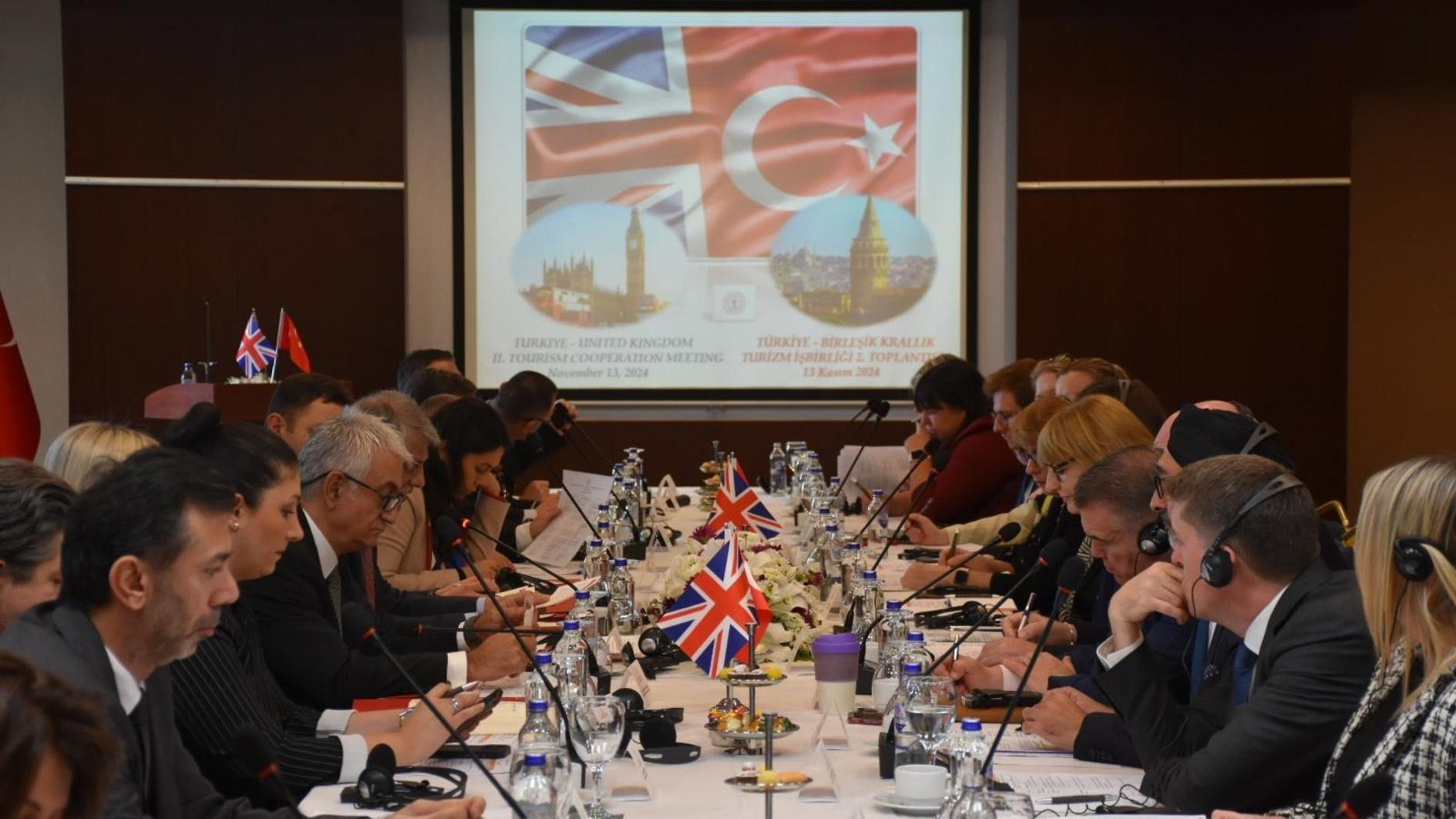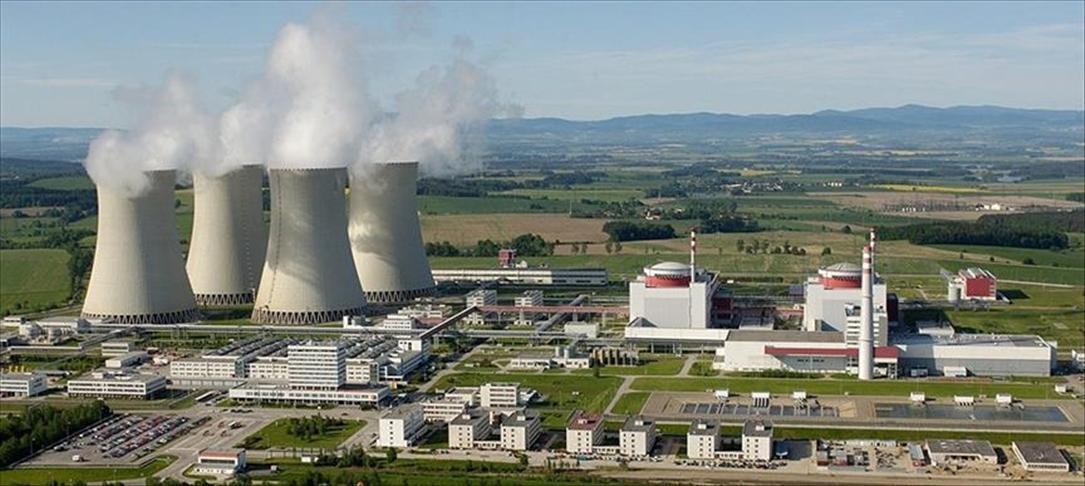Turkey can now be ‘model’ for Middle East with Occupy protests
When the popular outrage against the long-time autocratic leaders in the Middle East and North African countries reached its heights, Turkey tried to impose itself on those countries and their people as a “model” with its democratic system blended with conservatism, which stemmed from the ruling Justice and Development Party’s (AKP) drive for “moderate Islam” in the country.
Paying no attention to differences in historical, cultural and sociopolitical structures, many foreign observers, mainly based in Western countries, promoted Turkey to the countries engulfed by the so-called “Arab Spring” unrest as the “preferable choice” with its booming economy and political stability while turning a blind eye to the growing conservatism, burdens on media freedom and many other anti-democratic practices in the country.
Avoiding openly offering their system as a “political export” to the “Arab Spring” countries, senior Turkish officials also embraced the idea of being a “model” with an unspoken dream of dominating the region with the “neo-Ottoman” motto. In order to elevate the AKP-made system, senior Turkish government officials, including Prime Minister Recep Tayyip Erdoğan, who was so popular on the cheering streets with his rhetoric lauding Muslims values, particularly on the Israeli-Palestinian conflict, engaged in highly publicized endeavors calling for support for the new regimes while trying to convince them that Turkey would be “their best choice.”
Turkish government officials did not have too much trouble in finding a growing Orientalist chorus in the media advocating that “under-developed and desperate” Middle East and North Africa countries needed to restructure their political models based on Turkey’s “conservative-democrat” system invented by the AKP government.
While the real mobilizing young, educated and passionate forces of the unrest in the different “Arab Spring” countries approached the Turkish offer with skepticism, the new rulers of some countries soon realized the would-be rivaling force of Turkey in the region and remained aloof to the “model” debates.
Despite huge diplomatic and PR efforts, voices proposing Turkey as a “model” to the “Arab Spring” countries eventually diminished since it was a stillborn idea from the get-go. Many critics, including the author of this article, objected to the Orientalist approach of spreading “neo-Ottoman” influence in the region with the argument that those countries needed to stand on their feet after suffering for years under strong-hand regimes and to chart a path to their own unique political system that would include more freedom and civil rights. Besides, Turkey was in deep trouble in finding its own way to democratization despite the baby-step advances in some core issues, and offering it as model merely served to present the “Arab Spring” nations with a “relatively better” choice.
But in recent weeks, Turkey, in fact its people, unexpectedly proved to not only a couple of countries looking to change its rulers but to the entire region that it would make an outstanding “model” not as a political export product but as a tale of a united power against heavy-handed authorities seeking to curb freedoms.
Some would say that Turkey came late to the party in discovering its rebellious soul, and that argument would be proven true to some extent, but the awakening and rise of people who have been habitually intimidated – meaning they have remained silent for years – has heralded a new era in which the people do not hesitate to hit and stay on the streets.
With the latest stage of the Occupy protests remaining in limbo amid calls for calm, the experience of Turkey still does not provide a breakthrough for neighboring nations, but if the level of outrage sees no ebb and continues to grow with the antagonistic stance of the government, the experience of Turkey could further send tremors to the heart of the Middle East. And that would be something more than a “model.”










